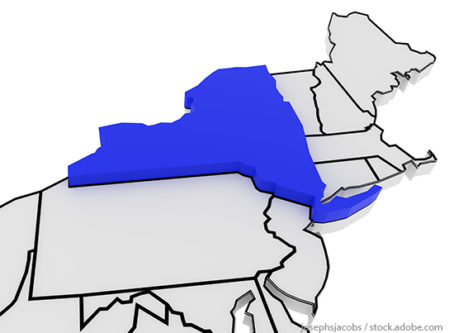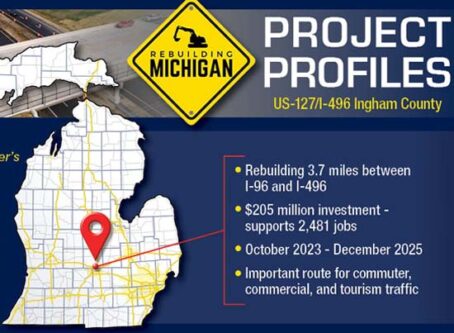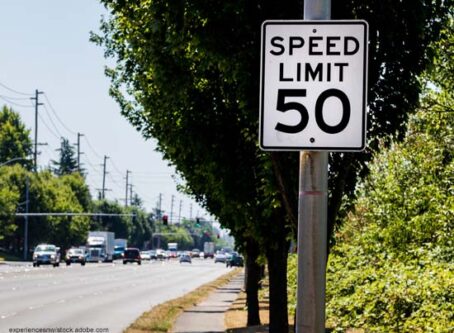Kansas spends big to help freight trucking be more efficient
The state of Kansas is moving forward with plans to modernize and improve communications along an important freight transport route in a rural part of the state.
Dubbed the Great Plains Rural Freight Technology Corridor Project, the $14.6 million venture aims to install 100 miles of fiber-optic cable and advanced technologies on a 100-mile stretch of U.S. Highway 83. Officials say around 5,000 commercial vehicles use the route daily.
The corridor runs from southern Finney County to northern Thomas County in western Kansas. According to the Kansas Department of Transportation, the intention of the communication system is to “deliver real-time traffic, weather, and other operational information to commercial vehicles in order to optimize freight routing.”
Sensors and cameras installed along the corridor will provide real-time information to drivers. Truckers will be able access the information via hands-free devices. Additionally, the information will be available on KDOT’s KanDrive website for anyone to view and for trucking dispatch centers to relay conditions to drivers. KDOT says the new system will also improve communication with emergency responders.
“This project will greatly assist in the efficient movement of agriculture products and other freight along the U.S. 83 corridor,” said Mike Floberg, KDOT’s director of innovative technology. “Expanding different transportation opportunities across rural areas of Kansas will improve connectivity and will help our state’s transportation system be more connected.”
Funding for the project comes from two sources. On Aug. 10, the KDOT was awarded a $6.7 million grant from the Federal Highway Administration. The project was one of only 10 selected nationwide by FHWA. In addition, KDOT is providing $7.9 million in matching funds.
Kansas Gov. Laura Kelly says the project will have a number of benefits.
“My administration is expanding innovative technology across rural areas of our state to improve safety, shore up our supply chain, and drive down the costs of transporting goods,” Kelly said. “I commend the public and private collaboration responsible for securing the funding for a project that will improve delivery of agriculture products and other freight along an essential Kansas corridor.”
Kansas Transportation Secretary Julie Lorenz emphasized the importance of collaboration when it comes to making the project a success.
“To deliver for Kansas, transportation and ag need to be good partners,” Lorenz said. “This project is one of several collaborations with the Department of Ag, coming from last year’s HomeField Advantage conference where we focused on the intersection of ag, transportation and technology to make the Kansas economy work better today and into the future. This is a great project that improves freight flow, safety and could get broadband to rural areas more cost-effectively.”
Secretary of Agriculture Mike Beam said that the investment into rural areas of the state can have a big impact on an often forgotten – yet very important – part of the state.
“Enhanced connectivity in our highly productive but remote areas of the state is a continued challenge voiced by agriculture leaders in multiple sectors of our ag economy,” Beam said. “This cutting-edge service will make a significant impact to this important corridor in Kansas.”
As far as start date for the project goes, that is still up in the air. A spokesperson for KDOT told Land Line that the department still needs to meet with FHWA to complete funding agreements before beginning the multimillion-dollar endeavor. Once that has been completed, the department expects to complete public involvement, planning, design and construction within two years. Following completion, the department will monitor and evaluate the project for an additional two years. LL









